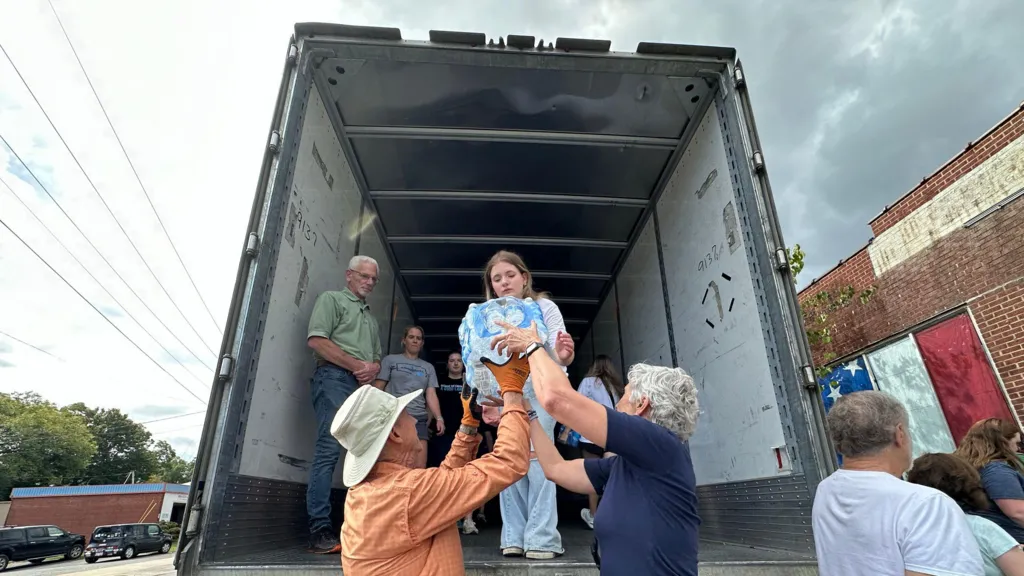The UK and Canada are collaborating on the Redwing microsatellite Space Domain Awareness (SDA) mission, set to launch in 2027.
This mission aims to enhance the tracking of objects in increasingly congested orbits, using improved sensors to provide near real-time responses to evolving space events.
The Redwing microsatellite, roughly the size of a small washing machine, will be managed by Defence Research and Development Canada (DRDC), the science and technology organization of Canada’s Department of National Defence.
Redwing will also deploy a smaller nanosatellite called Little Innovator in Space Situational Awareness (LISSA), which will carry a payload from the UK’s Defence Science and Technology Laboratory (Dstl) on behalf of the Ministry of Defence and UK Space Command.
Dr. Gemma Bagheri, Dstl’s Space Research and Development Programme Manager, highlighted the significance of the collaboration, saying, “Space is increasingly congested, and it is vital that we keep pace with new and emerging threats. The collaboration with our Canadian partners will enable us to improve the characterisation of objects and maintain security in space to protect our mutual interests.”
LISSA, a nanosatellite about the size of a cereal box, will incorporate Dstl’s experimental short wave infrared (SWIR) camera as its primary payload. Once deployed, Redwing and LISSA will fly in tandem in a sun-synchronous low Earth orbit, about 575 km above Earth and up to 200 km apart.
The mission will focus on testing the SWIR camera, particularly in the challenging environment over the Earth’s South Pole, where the reflective glare from the Antarctic ice sheet can hinder object identification.
This joint mission will provide valuable insights into space surveillance, especially in areas less monitored, like the South Pole, and will inform future space security strategies. The collaboration also allows for the development of prototype infrastructure and data processing architecture between the two nations.
Major General Paul Tedman, Commander of UK Space Command, emphasized the importance of international cooperation, stating, “Through Redwing and LISSA, the UK and Canada will test innovative technologies, which in the long term may vastly improve our ability to monitor and identify objects in space.”
The Redwing microsatellite and LISSA nanosatellite will be designed, built, and operated by Magellan Aerospace, while LISSA will be constructed by the University of Manitoba. Bornea Dynamics has been contracted by Dstl to produce and qualify the SWIR camera hardware.
Scott McLelland, DRDC Director of Research and Development for Defend North America, remarked, “The space domain continues to change and evolve and requires space-faring nations to innovate to keep informed of the security situation in the space domain. DRDC is thrilled to have Dstl participate in the Redwing mission to help grow both nations’ defence space programs.”








